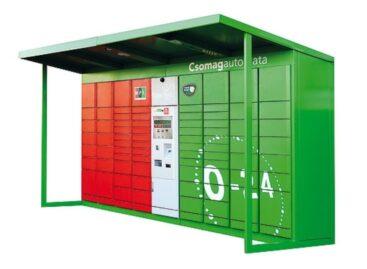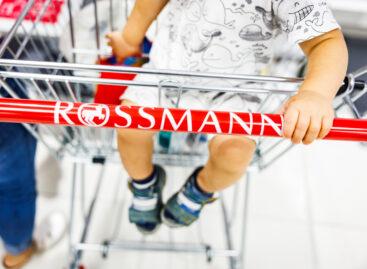E-commerce: The sky is the limit
Artificial intelligence, grown social media influence, portable purchase – these are only a few features which define the e-commerce trends of 2021. Never has it grown so stable than now. However, online sites remained cautious and besides the obvious advantages they recognized risks as well.
Multichannel method has given way to a series of selling opportunities. Retailers can sell online, offline, via social media, using IoT, robotics, AR or VR. But whatever they use, the focus is always on high-quality shopping experience.
AI can help improving prices and forecast a lot of things which enables retailers to know deeper the customer needs and expectations. Personalization is another key aspect of successful e-commerce: it provides the retailer with an added value.
Portable purchase means that you can shop on any smart mobile device which again makes shopping easy and fast. In time, this can grow into the biggest selling channel plus it provides customers with endless additional information about the products they are interested in.

Market operators have invested and do invest a lot in technology
Ever since social media added the ’BUY’ button to its platform, huge and unknown crowds can be addressed who can give immediate feedback which helps retailers to build a new business strategy.
According to Kantar and Catalyst’s research, ’State of Ecommerce 2021’, 63 percent of Amazon and Walmart website visitors start their initial search for products on these pages. 37 percent of customers check data on the retailers’ websites before shopping and 54 percent say that ads and promotions are good reminders for them what to buy.

Multichannel sales gave way to various sales methods
In Hungary, home online retail sale has reached HUF 909 billion in 2020, which means a 45 percent growth. Stronger online shopping has not ceased to boom after the end of the pandemic: it turned into a stable growing seed which constantly forms shopping habits and expectations.

Personalized shopping experience is generally expected in the e-commerce sector
According to forecasts, by 2024, Hungarian online retail sales will grow over HUF 1,700 billion. Research by Reacty Digital and eNET Internetkutató revealed that, nine out of ten customers aged between 18 and 79 have already bought something on the internet. The most popular items bought online are clothes, mobile phones and toys, but more and more people book their accomodation on websites, buy tickets or insurances.
It is very easy to lose a customer so online retailers try to do everything to give their visitors a fast, quality-based, convenient and well-priced experience. However, many customers choose another firm if the way of delivery or the payment method is not suitable for them. Contactless is still a winner, but a lot of Hungarians feel safe only if pay after their ordered product has arrived. Delivery services are very popular, followed by handover points, post delivery and package terminals.

E-commerce processes are not yet regulated by decades-old rules
As for buying from foreign websites, Hungarians are getting braver, however, basket values usually remain under HUF 3,000. As for the products ordered from abroad, the most popular items are mobile phones and accessories, mainly because they are much cheaper than in Hungary. //
Related news
Magyar Posta dissociates itself from the responsibility of checking the contents of “spoofed packages”
Magyar Posta distances itself from responsibility for checking the content…
Read more >Diageo was the main sponsor of the domestic round of the Young Cannes Lions international creative competition
This year, Diageo was also the main sponsor of the…
Read more >Artificial intelligence in winemaking: new technology is changing the way wine is made
Artificial intelligence is revolutionizing American winemaking, enabling remote monitoring of…
Read more >Related news
About two million tons of food waste is produced in Hungary every year
The former president of the republic, János Áder, chairman of…
Read more >“To the bin with food waste” – the Nébih No Leftovers program announces a poster design competition
On the occasion of the Sustainability Theme Week, the program…
Read more >Rossmann is expanding with more than 200 stores
This year, the Rossmann drugstore chain will spend hundreds of…
Read more >








